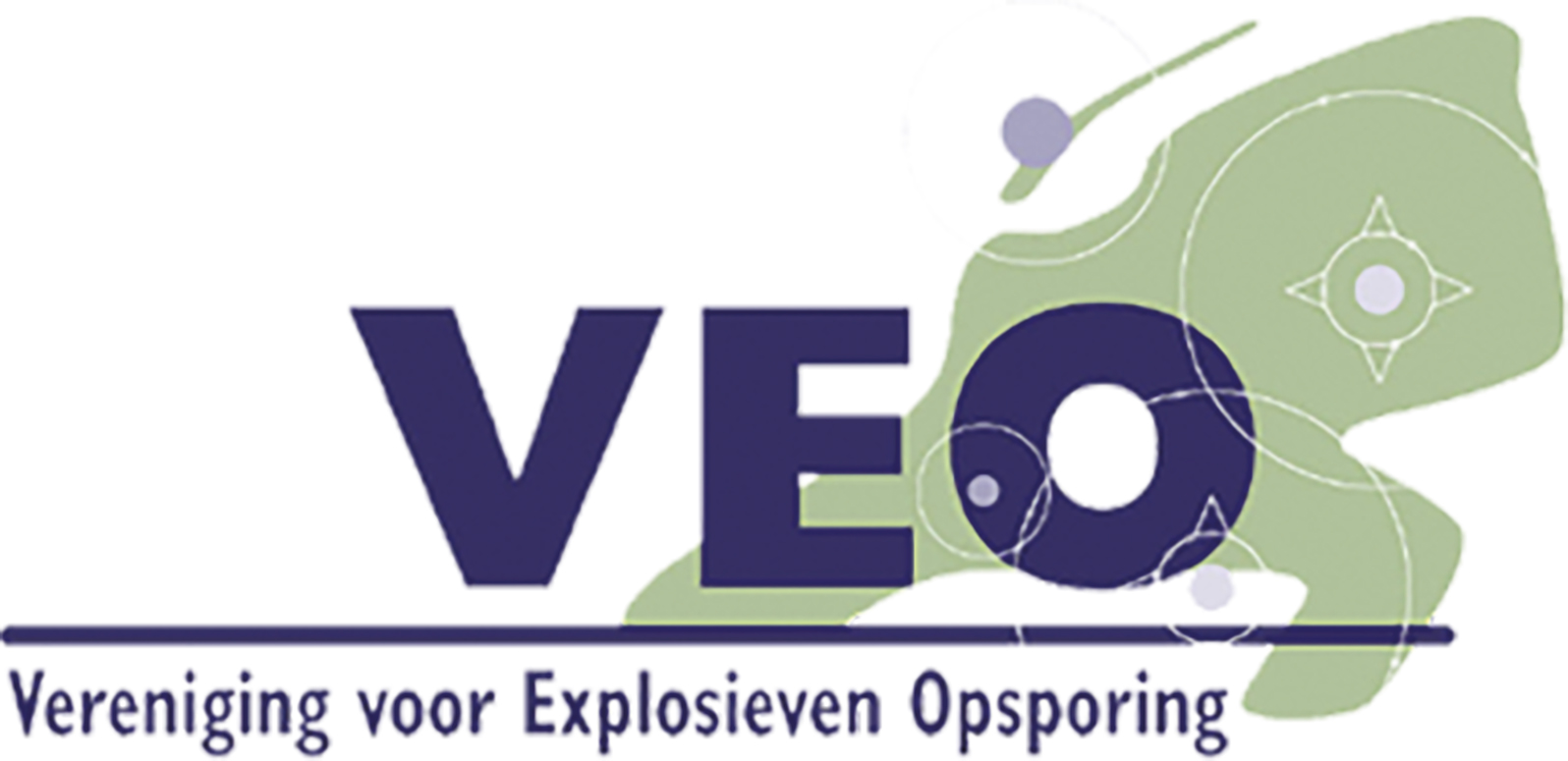VEO Netwerkbijeenkomst CE van 8 april 2019
Op maandag 8 april 2019 vond de jaarlijkse VEO Netwerkbijeenkomst CE plaats in Expo te Houten. Net als voorgaande jaren was er een grote opkomst en waren er veel deelnemers vanuit de Rijksoverheid, gemeenten, waterschappen, opdrachtgevers, adviseurs en opsporingsbedrijven.
VEO kijkt terug op een zeer geslaagde bijeenkomst. De nieuwe opzet met parallelsessies heeft veel interessante discussies en waardevolle input opgeleverd die we in de verschillende werkgroepen verder kunnen bespreken en uitwerken. Het programma bestond onder andere uit drie rondes met interactieve parallelsessies. In deze parallelsessies zijn de onderstaande vijf onderwerpen aan bod gekomen:
1. Concept Richtlijnen afbakening verdacht gebied
Een werkgroep van deskundigen van VEO leden heeft bijlage 3 van het WSCS-OCE met de richtlijnen voor het afbakenen van het verdachte gebied geëvalueerd. De resultaten hiervan leest u in de concept rapportage Evaluatie van de richtlijnen voor het afbakenen van het verdachte gebied. Tijdens de parallelsessie gaan wij met u in gesprek over deze rapportage, de reacties uit de consultatieronde en het vervolg.
2. Afwegingskader trillingen in CE verdacht gebied
Er is veel onduidelijkheid over de vraag welk trillingsniveau binnen een CE verdacht gebied aanvaardbaar is, in relatie tot het risico van het ongewenst tot werking komen van CE. In 2015 en 2016 heeft TNO hier wetenschappelijk onderzoek naar gedaan. TNO beveelt vervolgonderzoek aan om te komen tot een wetenschappelijk onderbouwde normstelling. Dat onderzoek heeft (nog) niet plaatsgevonden. Nu een wetenschappelijke onderbouwing ontbreekt, moet in de praktijk op basis van beschikbare kennis en praktijkervaring worden gehandeld. Om daarbij te helpen hebben praktijkdeskundigen onder de leden van de VEO een afwegingskader ontwikkeld. In deze parallelsessie is het afwegingskader gepresenteerd en met u besproken.
3. Wijziging WSCS-OCE en invoering vrijwillig Certificaat Vooronderzoek & Risicoanalyse
In 2019 zal naar verwachting het gewijzigde WSCS-OCE worden ingevoerd en vervallen de eisen aan het vooronderzoek. VEO pleit ervoor om dan snel het vrijwillige Certificatieschema Vooronderzoek en Risicoanalyse CE in te voeren. Tijdens deze parallelsessie zijn opdrachtgevers bijgepraat over de belangrijkste wijzigingen in het WSCS-OCE en bespraken we hoe om te gaan met de overgangssituatie en de invoering van het nieuwe certificatieschema voor Vooronderzoek en Risicoanalyse.
4. Model besteksbepalingen OCE
Een overleggroep, bestaande uit vertegenwoordigers van Gemeentewerken Rotterdam, Rijksvastgoedbedrijf, Arcadis (mede namens Rijkswaterstaat) en enkele leden van de VEO heeft een Model Besteksbepalingen Opsporen van Conventionele Explosieven opgesteld. Opdrachtgevers en bestekschrijvers kunnen deze modelbepalingen gebruiken als brondocument bij het opstellen van bestekken en werkaanvragen. In deze parallelsessie bespraken we de ervaringen met deze modelbepalingen in de praktijk.
5. Data uitwisselen (Bommenkaart) en databeheer
Bij vooronderzoek en risicoanalyse speelt de beschikbaarheid en het analyseren van data een belangrijke rol. In de branche wordt veel data verzameld. Een actueel thema is welke kansen er liggen voor het meer systematisch verzamelen en analyseren van data en het delen van kennis daarover. In deze parallelsessie werd hierover nagedacht. Ook kwamen de ervaringen met de VEO Bommenkaart aan de orde.
